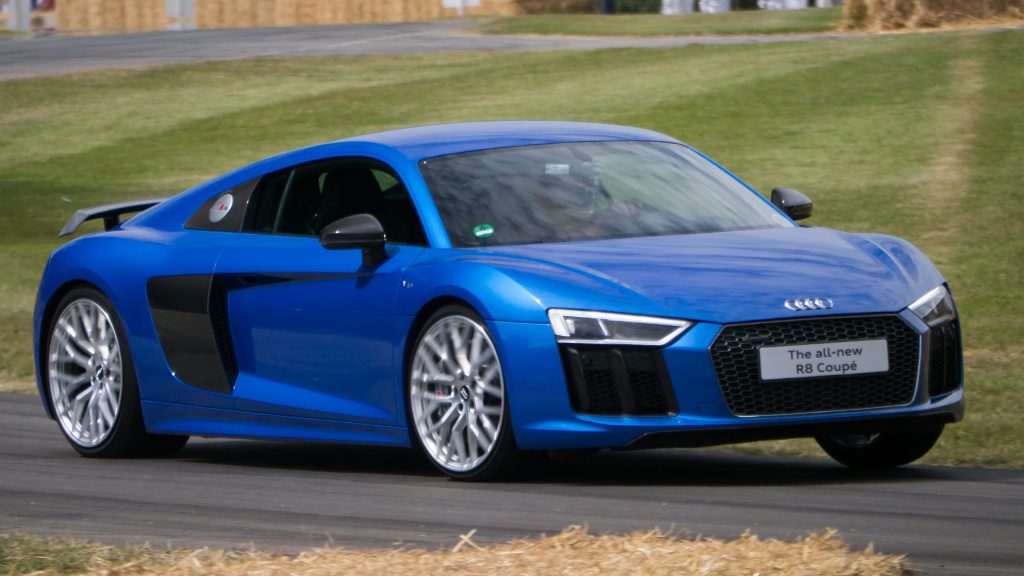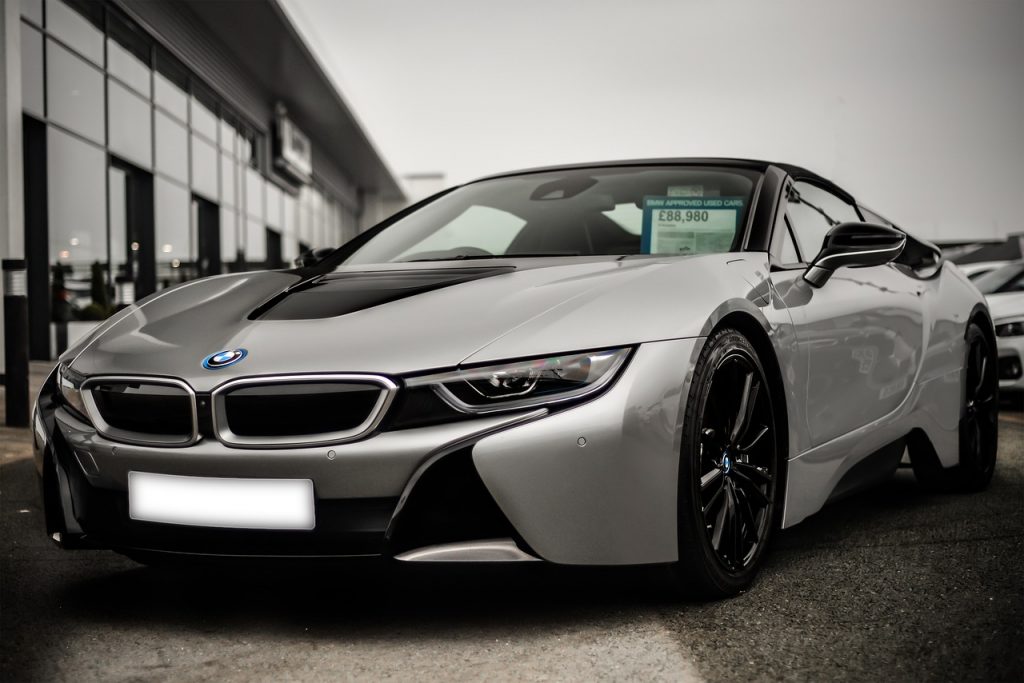In the ever-evolving landscape of automotive technology, one innovation making significant strides is the integration of supercapacitors in vehicles. This article aims to delve into the applications of supercapacitors, shedding light on how these advanced energy storage devices are elevating automotive performance.
The Power Behind Supercapacitors
Understanding Supercapacitors
Supercapacitors, also known as ultracapacitors or electrical double-layer capacitors, are energy storage devices that differ from traditional batteries. Unlike batteries, which store energy in chemical form, supercapacitors store energy electrostatically, allowing for rapid energy discharge and recharge.
This electrostatic energy storage mechanism involves charge separation across two layers of material within the capacitor. These layers with opposing surface charges create an electrical field capable of handling momentary power surges. While supercapacitors generally hold less total energy than batteries, their power density and lifespans far exceed electrochemical alternatives. The absence of chemical reactions translates into stability across broader temperature ranges as well.
Applications in Start-Stop Systems
Enhancing Fuel Efficiency One prominent application of supercapacitors in vehicles is in start-stop systems. In traditional internal combustion engine vehicles, the engine often idles when the vehicle is stationary. Start-stop systems, augmented by supercapacitors, temporarily shut off the engine during idling, conserving fuel. The supercapacitor provides quick bursts of energy for restarting the engine, significantly enhancing fuel efficiency.
These automated systems harnessed by supercapacitors expand upon earlier manual techniques where drivers would turn off the ignition at longer stops. This automation ensures much broader fuel saving coverage while retaining swift restart capabilities. With supercapacitor-enabled start-stop, the engine can shut off whenever the vehicle brakes to a halt, reducing emissions and minimizing noise pollution alongside fuel savings.
Prolonging Battery Life
Supercapacitors work in tandem with the vehicle’s battery in start-stop systems. By handling frequent start-stop cycles, supercapacitors alleviate the strain on the battery, leading to a prolonged battery life. This not only benefits the vehicle’s overall performance but also contributes to sustainability by reducing the frequency of battery replacements.
The shallow discharge cycling of start-stop systems can degrade lead-acid batteries after thousands of repetitions. Supercapacitors with near infinite cycle lifetimes bear the brunt of these discharges instead. This preserves battery capacity for cold cranking demands where only the battery can supply enough sustained power. The combined hybrid storage system merges the strengths of each component to enhance longevity.
Regenerative Braking Systems
Capturing and Reusing Energy In the realm of electric and hybrid vehicles, supercapacitors play a pivotal role in regenerative braking systems. During braking, kinetic energy is converted into electrical energy rather than lost as heat. Supercapacitors efficiently capture and store this energy, which can then be redeployed to assist in acceleration or power various vehicle systems. This regenerative process enhances overall energy efficiency and reduces reliance on traditional friction brakes.
Energy recovery during deceleration amounts to 10-15 percent for typical city driving up to 30 percent or more in stop-and-go traffic. This free energy input equates to meaningful range extensions. Additionally, the power damping effect lowers reliance on brake pads, minimizing particulate emissions and replacement costs. Through regenerative braking, supercapacitors transform wasteful braking into a valuable energy source.
Swift Energy Release
Supercapacitors’ ability to release energy rapidly is particularly advantageous in regenerative braking. Unlike batteries, which may struggle with rapid charge and discharge cycles, supercapacitors excel in providing quick bursts of energy, making them ideal for capturing the instantaneous energy fluctuations during braking events.
The abrupt spikes in regenerative braking electricity generation exceed what battery chemistry can efficiently absorb. Supercapacitors featuring response times 1000x faster than batteries directly smooth these surges. This rapid buffering prevents energy bleeding through resistance losses. It also protects batteries from deterioration caused by erratic loads. With supercapacitors as the first responder, the full regenerative energy gets captured reliably.
Powering Electric Drivetrains

Acceleration Boost
In electric vehicles (EVs), supercapacitors are employed to deliver additional power during rapid acceleration. The rapid discharge capability of supercapacitors complements the battery pack, providing an extra burst of energy for swift acceleration. This not only enhances the vehicle’s performance but also contributes to a more dynamic and responsive driving experience.
Supercapacitor modules in electric drivetrains provide acceleration increases mirroring larger battery packs for less weight and cost. Their composed power adds directly on top of baseline torque. For brief 10-30 second intervals, supercapacitors alone can power vehicles without battery drain. By contributing quick-charging supplemental power, supercapacitors allow right-sizing battery packs to economical kwH levels without sacrificing performance.
Balancing Load and Enhancing Longevity
Supercapacitors in electric drivetrains play a crucial role in balancing the load on the battery pack. By handling peak power demands during acceleration, supercapacitors reduce the stress on the battery, leading to improved longevity. This strategic distribution of power contributes to the overall durability and efficiency of electric drivetrains.
The extreme amperage of wide-open throttle acceleration remains within safe zones for supercapacitors while accelerating battery wear exponentially if sustained. Confinement of current spikes through appropriate power splitting preserves batteries for steadier discharge efficiency aligning with their strength areas. This best-of-both-worlds approach attains speed when needed while optimizing battery lifespan.
Cold Weather Performance
Overcoming Battery Challenges
One of the challenges electric vehicles face in cold climates is diminished battery performance. Supercapacitors come to the rescue by providing a quick and efficient source of power, overcoming the limitations that batteries may experience in low temperatures. This ensures reliable performance even in challenging weather conditions.
Battery electrical resistance increases in cold weather, impeding both power delivery and charging. Supercapacitors reliably output high current essential for cold starting driveshafts and heat pumps warming vehicle interiors. Their minimal conductive losses aid cold weather regeneration capturing maximum braking energy. Robust supercapacitors successfully mitigate multiple cold climate battery shortfalls.
Facilitating Quick Start-Ups
In conventional vehicles, supercapacitors contribute to cold weather performance by facilitating quick start-ups in extremely low temperatures. The ability to discharge energy rapidly is particularly valuable in ensuring the engine starts promptly, addressing a common concern in cold climates.
Frigid temperatures routinely drop battery cranking power below minimums required for ignition. Supercaps prevent slow churning starters by supplying strong initial spin bursts. Quick cabin heating gets satisfied through sustained supercapacitor current rather than battery relief. They subsequently recharge in seconds from idling alternators or regenerative braking. Supercapacitors answer cold weather slowness across powertrain architectures.
In summary, supercapacitors unlock functionality previously unattainable for internal combustion and electric drivetrains. As automotive innovation accelerates into the future, these advanced power delivery components will likely find integration into additional vehicle systems. From novel designs eliminating the need for DC-DC boost converters to revolutionized suspension kinetics, supercapacitors harbor untapped potential to yet further elevate vehicle performance. Their flexible storage abilities present exciting possibilities ahead as engineering creativity persists maturing this versatile technology.




